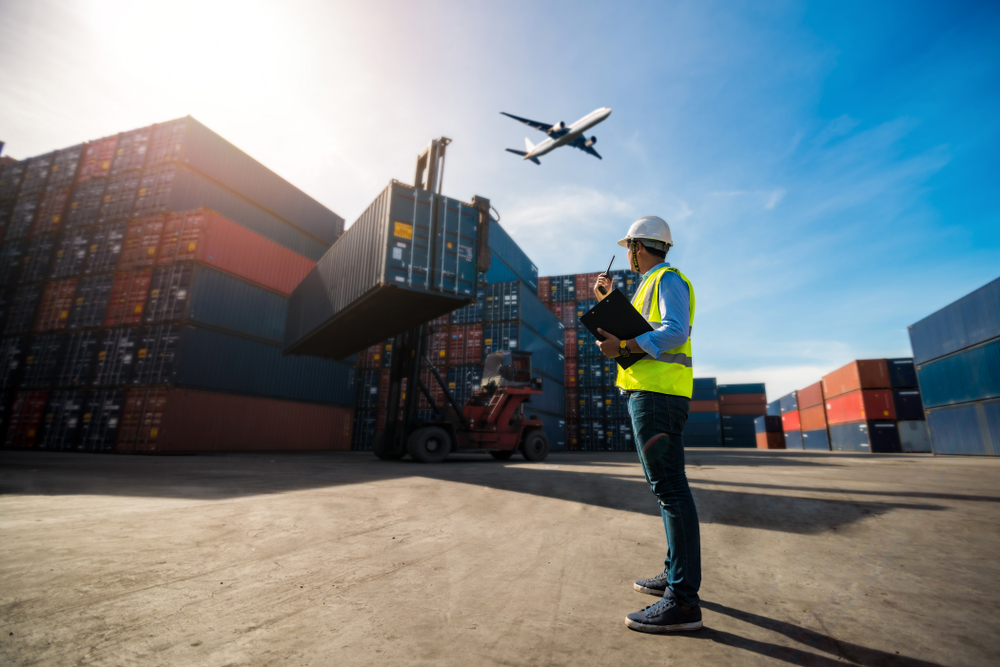Running an exporting business is a difficult. We talked about the need to find a good importer when shipping equipment overseas, but there are other things that you have to think about as well.
Exporters must provide a commercial invoice when shipping LCL freight and include all relevant details about the shipment, such as the value of the goods, their HS code, and the weight and dimensions of the shipment. The exporter should also include any special instructions the carrier needs, such as which route to take or how to load the containers.
Bill of Lading
The importer will also need to provide paperwork to the carrier, including a Bill of Lading (B/L) and a contract between the shipper and the carrier. The B/L should list all the details about the shipment, including the names and addresses of both parties, port of origin, and type of cargo. The B/L should also include the date of shipment and the shipping terms (such as FOB or CIF).
Certificate of Origin
The importer will also need to provide a Certificate of Origin (CO) if the shipment is going to a country that has trade agreements with the country of origin. The CO confirms that the goods in the shipment are actually from the country listed on the document. The importer may also need to provide other documents, such as an import license or a Letter of Credit (LC).
Customs clearance
Customs clearance is required for all LCL freight shipments, which involves declaring the value of the goods to customs and paying any duties or taxes. The exporter will need to provide a commercial invoice and documents to the customs authority, such as a packing list. The importer will also need to provide documents, such as a Bill of Entry, and may need to pay duties and taxes.
Once customs have cleared the shipment, it will be released to the carrier. The carrier will then deliver the shipment to the consignee (importer).
Also Read
What is LCL freight?
LCL freight is a type of shipping often used for smaller shipments or when an exporter does not have enough goods to fill an entire container. LCL means “less than container load”, meaning that the exporter’s goods will be shipped with other cargo in the same container. LCL freight is often cheaper than shipping FCL (full container load) because the shipper only pays for the space they use in the container.
What are the benefits of LCL freight?
There are many benefits to using LCL freight, such as:
- It is often cheaper than shipping FCL
- It is an excellent option for small shipments or when an exporter does not have enough goods to fill an entire container
- It is a flexible shipping option as the shipper only pays for the space that they use in the container
- It is a convenient shipping option as the shipper does not need to worry about filling an entire container
What are the disadvantages of LCL freight?
There are some disadvantages to using LCL freight, such as The shipper has less control over their shipment as the goods are shipped with other cargo in the same container.
- There is a greater risk of damage to the goods as they are handled more during shipping
- It can take longer to ship LCL freight as it needs to be consolidated with other cargo before being shipped
What is consolidation
Consolidation combines multiple shipments into one container, often done when an exporter is shipping LCL freight. Consolidation can help reduce the cost of shipping and help speed up the shipping process.
Deconsolidation is separating multiple shipments consolidated into one container, often done when an importer receives LCL freight. Deconsolidation can help to speed up the receiving process and can also help to reduce the risk of damage to the goods.
In conclusion
There are a lot of things that you have to think about when running a business especially if you going to be exporting. There are many benefits to using LCL freight. It is often cheaper than shipping FCL, an excellent option for small shipments or when an exporter does not have enough goods to fill an entire container. It is a convenient shipping option as the shipper does not need to worry about filling an entire container.
